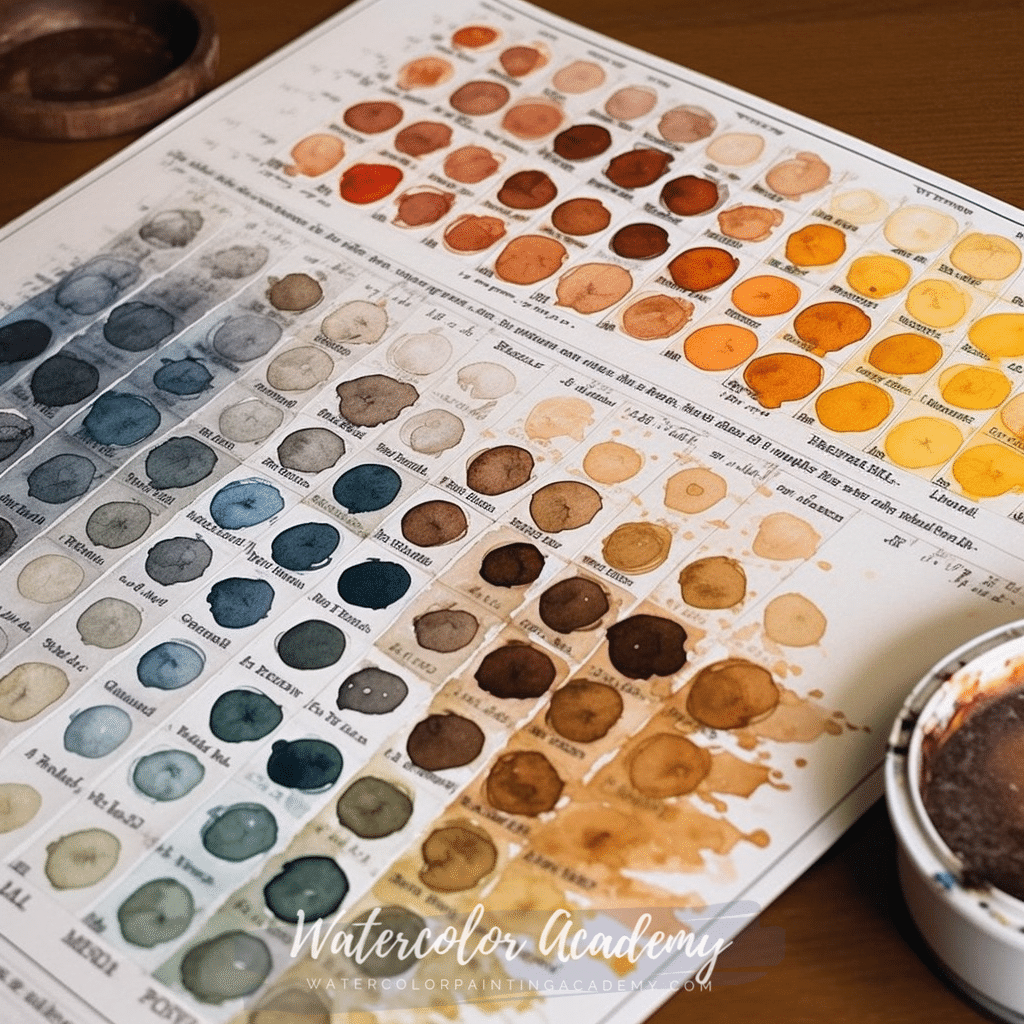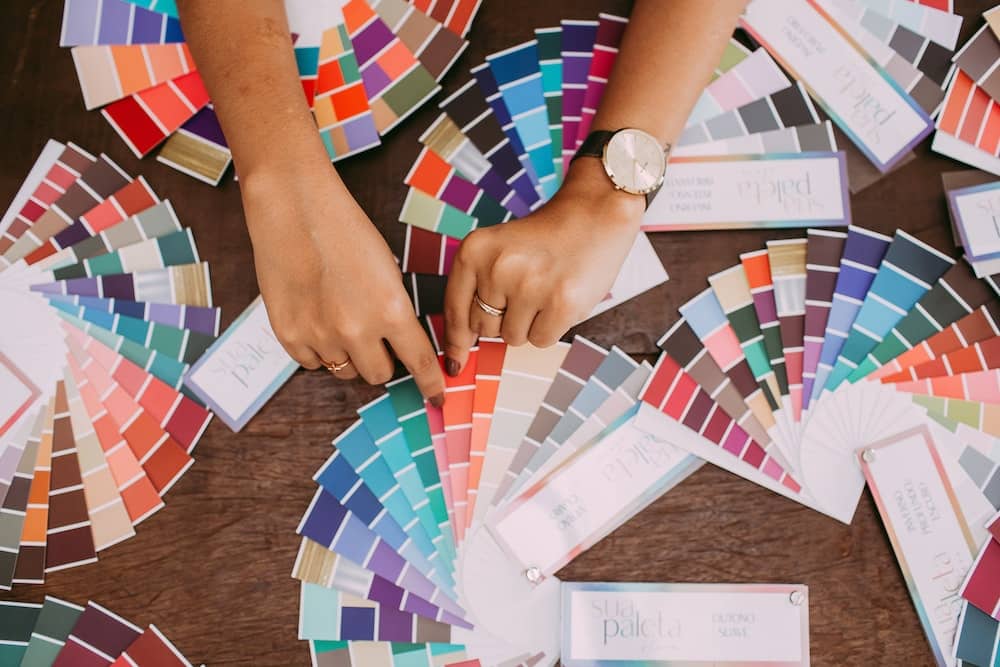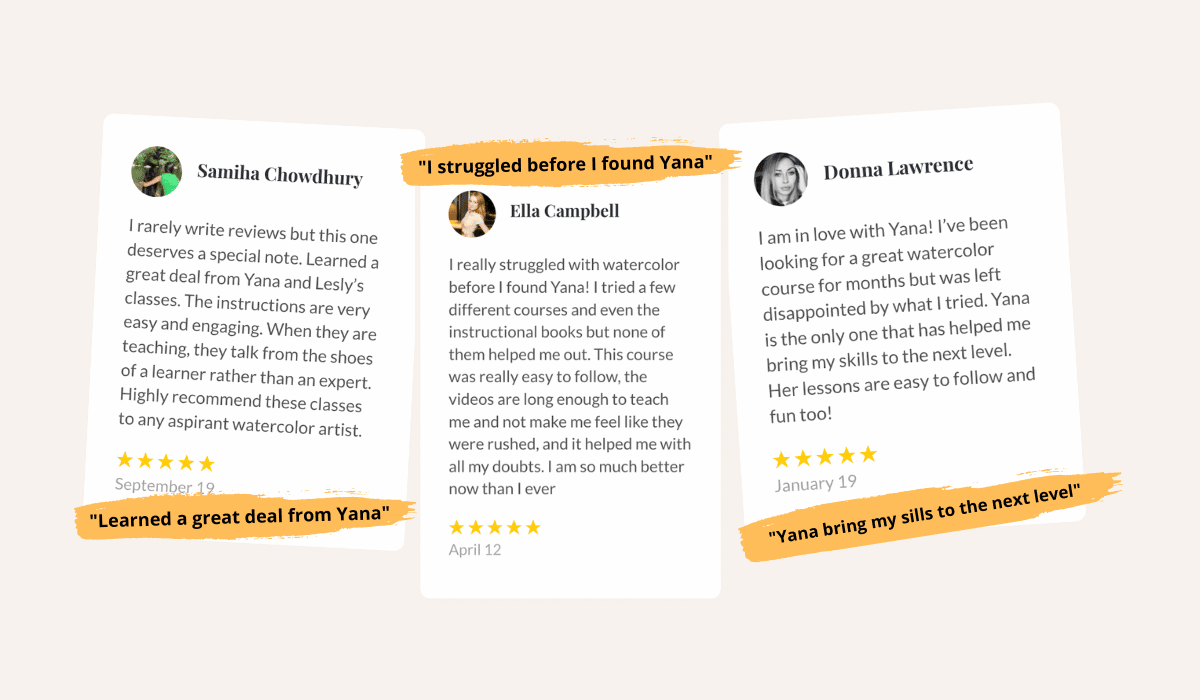Embark on a colorful journey through the world of watercolor pigments! This comprehensive guide will help you understand color selection, blending, and paint mixing to bring your artistic visions to life.

Table of Contents
- Understanding Watercolor Pigment Color Charts
- How to Read a Color Chart
- Basic Color Mixing Theory
- A Guide to Color Mixing Techniques
- Tips for Successful Color Blending
Understanding Watercolor Pigment Color Charts
Color charts are essential tools for watercolor artists, visually representing the vast range of hues available. They help you:
- Identify pigments and their properties
- Choose the right colors for your projects
- Understand how colors interact when mixed
Creating Your Color Chart
While you can find pre-made color charts online, creating your own is a valuable exercise. It allows you to:
- Gain familiarity with your specific paint set
- Discover unique color combinations
- Tailor the chart to your personal preferences
How to Read a Color Chart
Hue: The color family (e.g., red, yellow, blue).
Value: The lightness or darkness of a color, from light to dark.
Intensity: The saturation or strength of color; how vivid it appears.
Opacity: The degree to which a color is transparent or opaque.
Granulation: The tendency of a pigment to separate into visible grains when mixed with water.

Basic Color Mixing Theory
Understanding color theory is crucial for successful mixing. Here are the three primary components:
- Primary Colors: Red, yellow, and blue. All other colors are derived from these.
- Secondary Colors: Created by mixing equal parts of two primary colors (e.g., green = blue + yellow).
- Tertiary Colors: Formed by mixing primary and secondary colors (e.g., orange = red + yellow).
A Guide to Color Mixing Techniques
Start with a Limited Palette: Begin with a small selection of colors and gradually expand as you gain experience.
Use a Mixing Surface: Employ a palette or other non-absorbent surface for mixing colors.
Test Swatches: Create test swatches on scrap paper to ensure you’ve achieved the desired color.
Don’t Overmix: Mix colors gently to avoid creating muddy shades.
Tips for Successful Color Blending
- Work with colors of similar values and intensities for harmonious blends
- Layer transparent colors for added depth
- Experiment with wet-on-wet and wet-on-dry techniques for different blending effects
- Practice, practice, practice!
With this watercolor pigment color chart and mixing guide, you can select and blend colors confidently. Embrace the vibrant world of watercolor and let your creativity shine!



